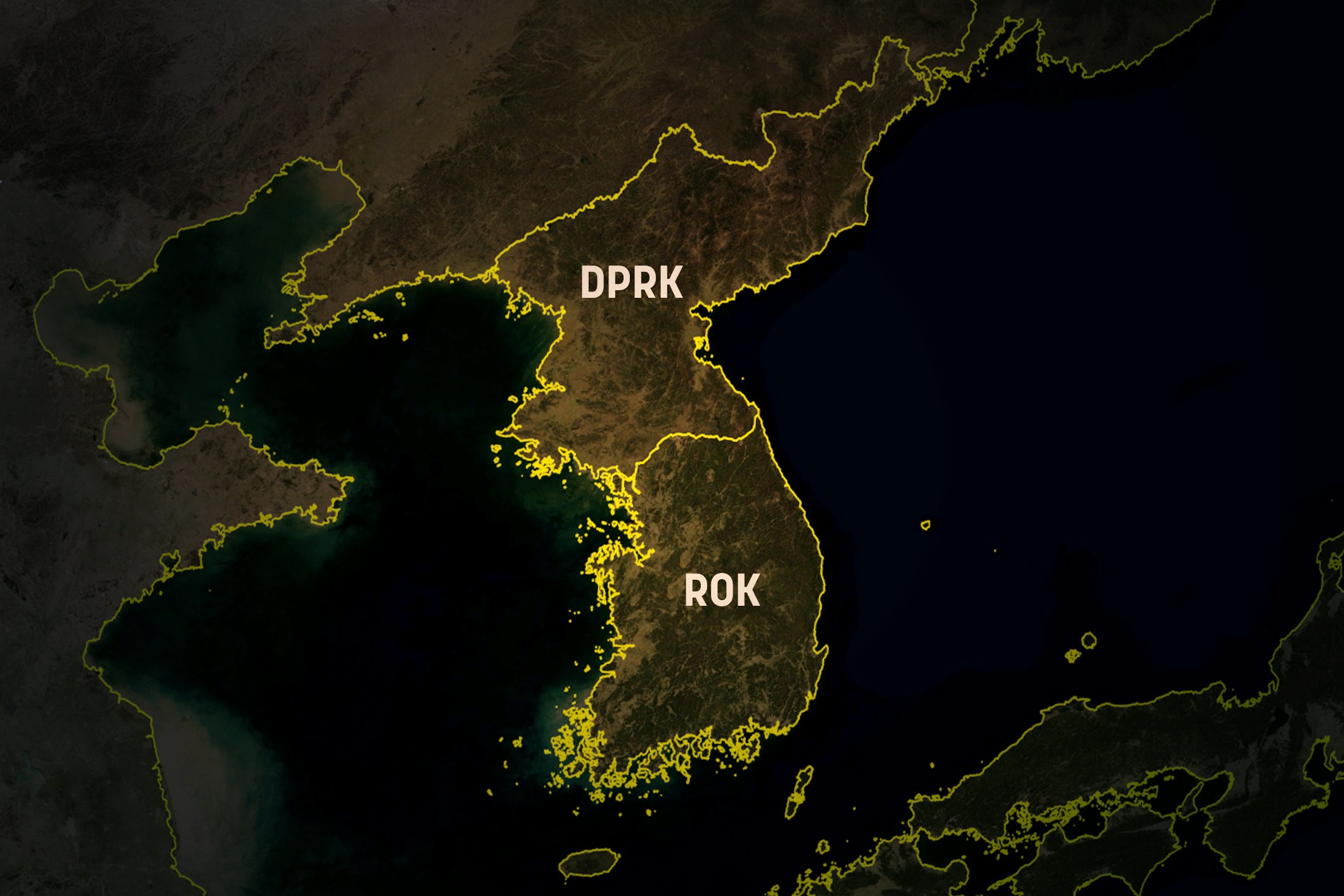Potential Use of Low-Yield Nuclear Weapons in a Korean Context
Click on the adjacent link to download the full report.
In a new special report, Eva Lisowski, member of the Nuclear Weapons Education Project at the Massachusetts Institute of Technology, compares the arsenals of low-yield weapons in the states possessing nuclear weapons in Northeast Asia, as well as the United States, and puts forward eight possible “use cases” for low-yield nuclear weapons involving the Korean Peninsula:
- DPRK nuclear response to advancing forces: Perceiving that the most effective or only way to halt an enemy’s advance and preserve the existence of the state would be to detonate a nuclear weapon, the DPRK might target the battlefield directly, detonate a weapon over open land or sea as a demonstration of resolve, or even attack a countervalue target.
- Redeployment of U.S. nuclear weapons to the Korean Peninsula: The 2018 Nuclear Posture Review (NPR) implies that the United States would not rule out the deployment of low-yield nuclear weapons in response to threats on the Korean Peninsula.
- Nuclear response to deployment of ships in the sea between the Korean Peninsula and Japan: An attacking nation may attempt use of a low-yield nuclear weapon on the sea to avoid local fallout over nearby civilian populations, but prevailing winds and weather patterns could move fallout towards land and increase the risk of escalation.
- Incapacitation of a military base or denial of regional access: A state could try to incapacitate an enemy military base, deny access to a region, or create a buffer zone by attempting to use local nuclear fallout to prevent anyone from accessing that area.
- Accidental detonation caused by invading forces: The accidental detonation of an enemy’s low-yield tactical nuclear weapons could lead to retaliation with low-yield weapons.
- Low-yield nuclear demonstration alongside conventional combat: Demonstration strikes with low-yield nuclear weapons on land or sea might be attractive to a nation that wishes to avoid a direct nuclear attack but to also maintain credible deterrence in the face of rising military tensions and possible nuclear escalation.
- Low-yield nuclear use is met with a more powerful conventional attack: If a state with relatively primitive nuclear weapon technology detonates a low or mid-yield nuclear weapon on military forces with very advanced conventional capabilities, the target country may not feel the need to respond to a nuclear attack with another nuclear attack, which would could cause a nuclear conflict to remain “limited” following the detonation of a nuclear weapon.
- Russian and Chinese involvement on the Korean Peninsula: It is unlikely that either stated would get involved, as they are more likely to support the DPRK by bolstering its conventional capabilities than by detonating their own nuclear weapons.
Lisowski argues that use of low-yield tactical nuclear weapons has become less attractive since the Cold War, following advances in precision-guided munitions, drones, and advanced surveillance technology. A low-yield nuclear option may, however, still be attractive for nations looking to compensate for perceived conventional military inferiority. Therefore, a hypothetical nuclear exchange in the shadow of evolving contemporary technologies must consider many new factors that were not necessary to contemplate in traditional nuclear deterrence and detonation theory.
This report is a part of a joint project on Reducing the Risk of Nuclear Weapon Use in Northeast Asia (NU-NEA) and has been cross-posted by the Nautilus Institute, the Research Center for Nuclear Weapons Abolition (RECNA), and the Panel on Peace and Security of North East Asia (PSNA). The year 1 final report of the project is now available here.
About the Author
Eva Lisowski is a member of the Nuclear Weapons Education Project at the Massachusetts Institute of Technology, from where she graduated in 2020 with a BS in Nuclear Science & Engineering. Her prior publications include evaluations of the attractiveness of fissile materials in advanced nuclear reactors to weapons of mass destruction construction, and analysis of fissile material production in India following the US-India Civil Nuclear Agreement. Her current work focuses on simulating the consequences of nuclear weapon detonations and missile strikes targeting civilian nuclear reactors. As a young member of the American Nuclear Society and 2019 Summer Fellow at the United States Nuclear Industry Council, Ms. Lisowski has participated in nuclear energy advocacy at the Massachusetts State House and on Capitol Hill in Washington D.C. Ms. Lisowski has studied and conducted research at the Tokyo Institute of Technology and hopes to contribute to nuclear security and non-proliferation by strengthening US-Japan research collaboration. She returned to Tokyo Tech in September 2021 to pursue an MS in Nuclear Science & Engineering.
Disclaimer: The views expressed in this report do not necessarily reflect the position of the Asia Pacific Leadership Network or any of its members.
Image: Reunification Highway that connects Pyongyang to the Joint Security Area/ iStock/ Sze Soong Teoh



